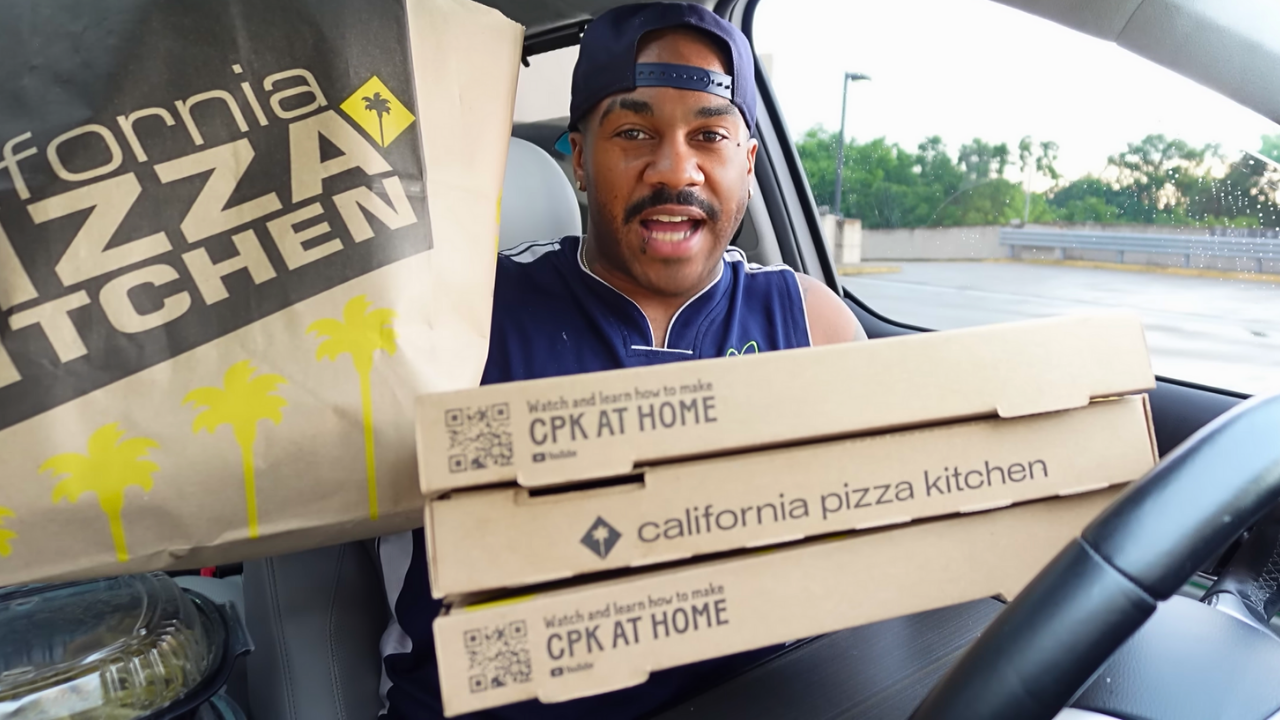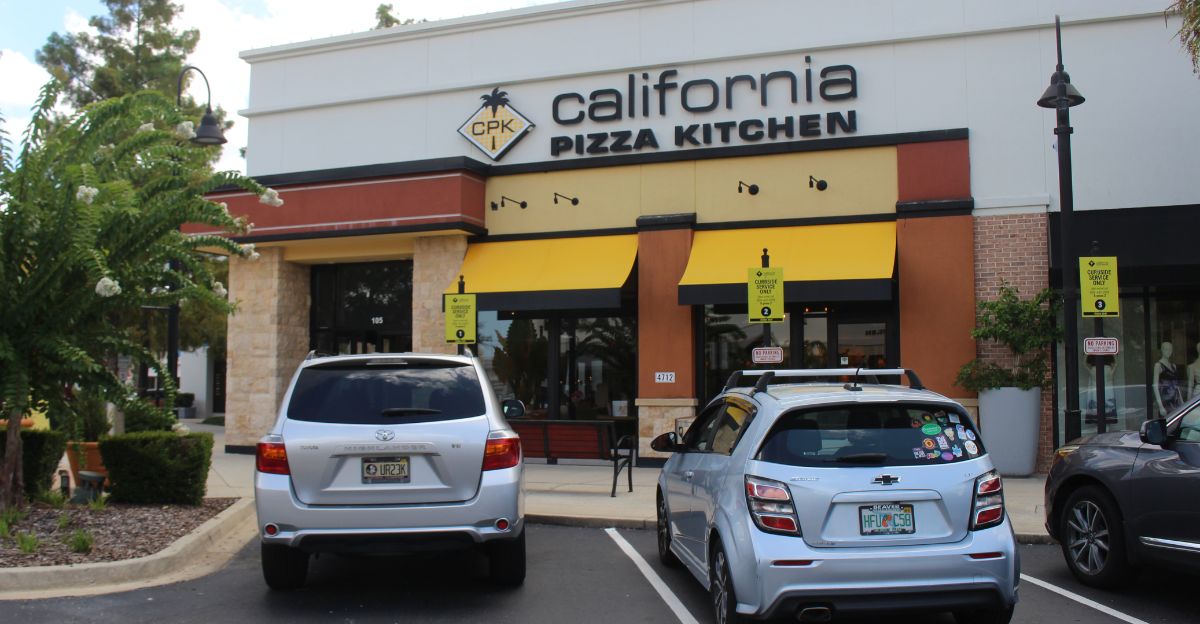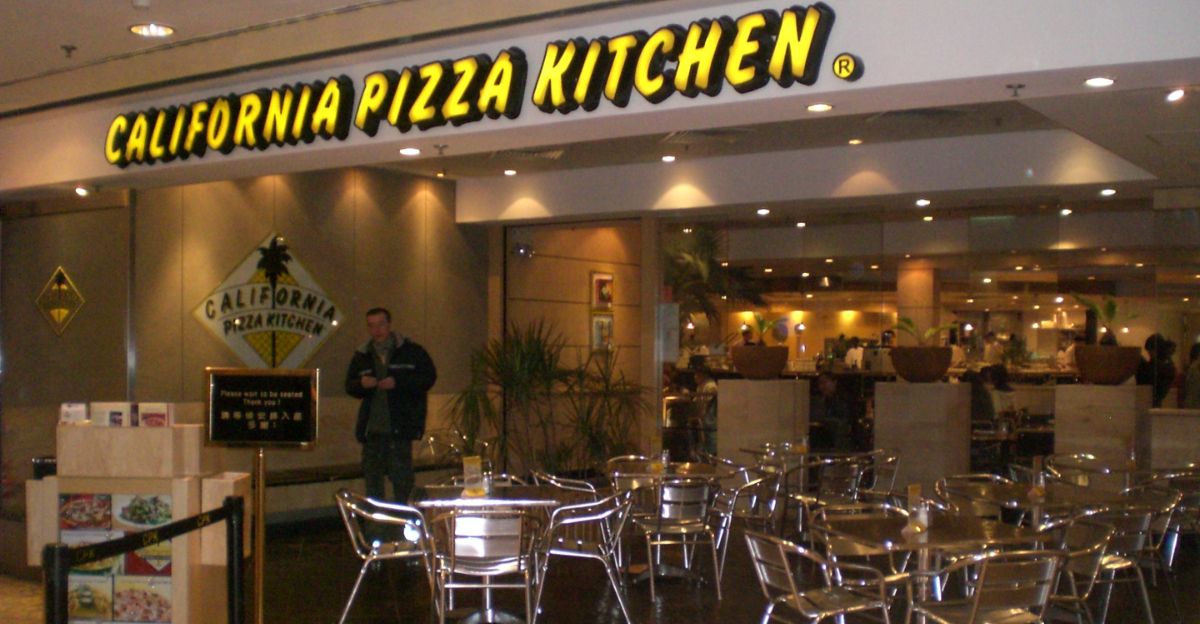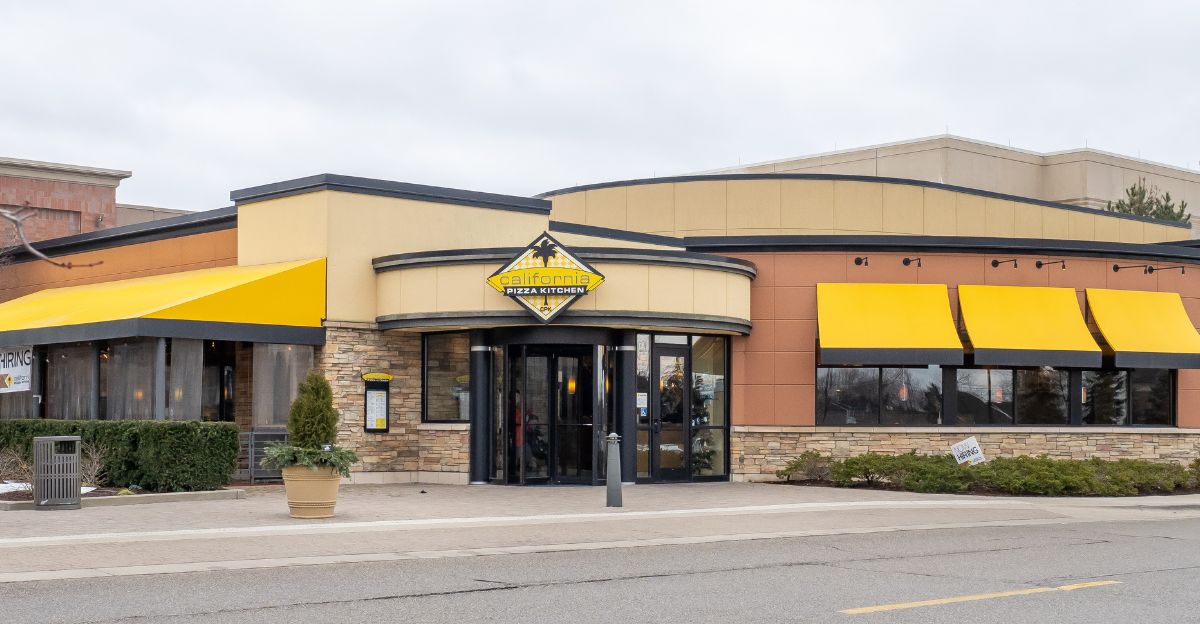
Fully Corrected Article
On November 20, 2025, the iconic casual dining chain California Pizza Kitchen (CPK)—with 131 U.S. locations—was reportedly sold to Consortium Brand Partners and Eldridge Industries for less than $300 million. The deal marks a significant change in ownership for a brand that once defined California-style pizza.
Pandemic Pressures and a Shifting Brand Identity

CPK’s journey to this moment began years before the pandemic. The company’s heavy debt, a legacy of private-equity ownership, left it exposed when COVID-19 struck. Mall-based locations, once bustling, saw foot traffic evaporate. A bankruptcy filing in July 2020 trimmed debt but failed to restore growth. By 2025, the company’s lenders, having held CPK for five years, were ready to move on. The brand’s value had shifted: retail partnerships with grocery giants were thriving, while the restaurant footprint became harder to justify. Consortium Brand Partners, known for managing consumer brands like Outdoor Voices and Draper James, will now oversee operations. For CPK, the future would likely be shaped less by bustling dining rooms and more by supermarket freezer aisles.
Menu Overhauls and the Customer Experience
With new ownership, CPK customers can expect significant changes. Industry precedent suggests that menu streamlining, revised promotions, and closures of underperforming stores are possible. The chain’s 131 U.S. locations—a mix of corporate and franchise operations—may face operational scrutiny, and some markets could see store closures. Meanwhile, the brand’s presence in grocery stores, through partnerships with Nestlé and Litehouse, is poised for expansion. The “California Pizza Kitchen experience” may soon be more about picking up a frozen pizza at the supermarket than dining in a restaurant. For loyal customers, this shift could mean fewer dine-in options and a menu that prioritizes items that travel well for delivery or takeout.
Industry Upheaval and the Rise of Delivery

CPK’s sale is part of a broader wave of consolidation and disruption in the pizza and casual dining sectors. Investment firms have shown interest in Papa John’s, and Pizza Hut’s parent company is reportedly considering a sale. The entire industry is grappling with changing consumer habits, rising costs, and the competitive advantage of delivery-first competitors like Domino’s. Over the past decade, these rivals built systems optimized for speed and consistency, while CPK’s wood-fired, ingredient-driven menu struggled to adapt to off-premises dining. Virtual brands and ghost kitchens, which require less real estate and staffing, have further challenged the traditional dine-in model. As retail partnerships grow, CPK’s restaurants increasingly look like brand showcases rather than the core of the business.
Global Expansion and Franchise Uncertainty
The new ownership structure could accelerate CPK’s international ambitions, especially in Asia-Pacific markets where Western casual dining still holds appeal. Consortium Brand Partners and Eldridge’s Convive Brands bring experience in scaling consumer brands and restaurant concepts globally. Supply chain challenges—rising ingredient costs and logistics volatility—may influence CPK’s approach to menu adaptation and regional offerings. Retail expansion through Nestlé offers a scalable path abroad, suggesting that future growth may focus more on grocery store shelves than new restaurant openings. For franchisees, the transition brings uncertainty: they may face pressure to remodel, renegotiate leases, or adapt operations as the brand’s strategy evolves.
The Human and Economic Toll

Behind the headlines, thousands of CPK employees may face job uncertainty. With typical staffing levels of 15–25 per location, operational changes under new ownership could affect employment levels and roles. Franchise operators, many running small portfolios, may be required to invest in upgrades or adapt to new business models. The broader economic pressures—rising real estate, labor, and food costs—continue to squeeze margins across the casual dining sector. For suppliers, changes in CPK’s restaurant footprint could affect demand for everything from produce to packaging, while increased retail production could shift business toward large-scale manufacturing and logistics.
Looking Ahead: A Hybrid Model for a Changing Market

CPK’s sale for under $300 million signals that the casual dining model is evolving. The brand’s future likely lies in a hybrid approach: flagship dine-in locations in select urban markets, a robust retail presence in grocery stores, and delivery-friendly formats that cater to modern consumption habits. As consolidation continues, large operators will dominate the market, while independent pizzerias may capture consumers seeking authenticity. For CPK, the challenge will be to adapt to a marketplace where flexibility, efficiency, and brand value matter more than ever. The outcome will shape not only the fate of a California icon but also the direction of the entire casual dining industry.